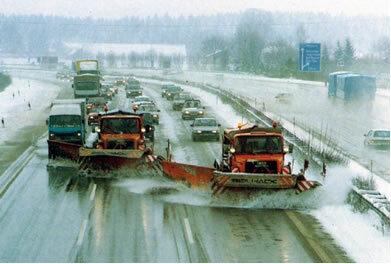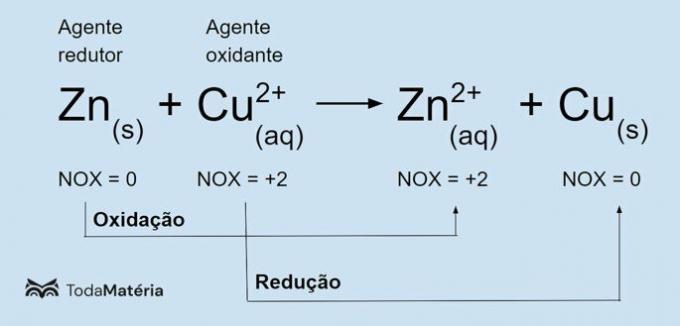Catalysis reactions are those that use a catalyst, that is, a substance capable of increase the speed of this reaction without participating in it, as it is fully regenerated at the end of the process. The reaction proceeds more easily because there is a lowering of the energy barrier or activation energy.
The number of chemical processes that use catalysts is constantly increasing, and currently more than 80% of chemical products are obtained with the aid of these methods. This brings a series of benefits to the producing company, as it makes possible an acceleration of production, a cleaner and cheaper production, the Processes can be operated at lower temperatures and pressures, as without the catalyst, many reactions occur very slowly at temperature and pressure environments.
Furthermore, the catalyst can decrease the production of reaction by-products that are not the required product. The environment is also grateful, as it reduces the amount of waste.
However, one downside (but one that still pays off) is the high cost of some of these catalysts. So imagine not even needing to add a buff, but that buff comes up spontaneously! It would be wonderful, wouldn't it?! The problem would be solved.
Do not stop now... There's more after the advertising ;)
Because know that this is possible through the autocatalysis.
Autocatalysis is a type of reaction in which one of the products itself acts as a catalyst.
For example, the following reaction at room temperature is slow, but as it produces the manganese ion (Mn2+), it gets faster and faster.
2 MnO-4 + 5 (COO)22- + 16 H+ → 10 CO2 + 2 Mn2++ 8 H2O
catalyst
Another example is the reaction between copper and nitric acid:
3 Cu(s) + 8 HNO3(aq) → 3 Cu (NO3)2(aq) + 2 NO(g) + 4 H2O(1)
catalyst
In this case, the catalyst is nitrogen oxide, which as it is formed, the reaction speed increases progressively.
Unfortunately, there are few reactions that occur in this way. Thus, most industrial processes still require the addition of the catalyst.
By Jennifer Fogaça
Graduated in Chemistry
Would you like to reference this text in a school or academic work? Look:
FOGAÇA, Jennifer Rocha Vargas. "Autocatalysis"; Brazil School. Available in: https://brasilescola.uol.com.br/quimica/autocatalise.htm. Accessed on June 28, 2021.



